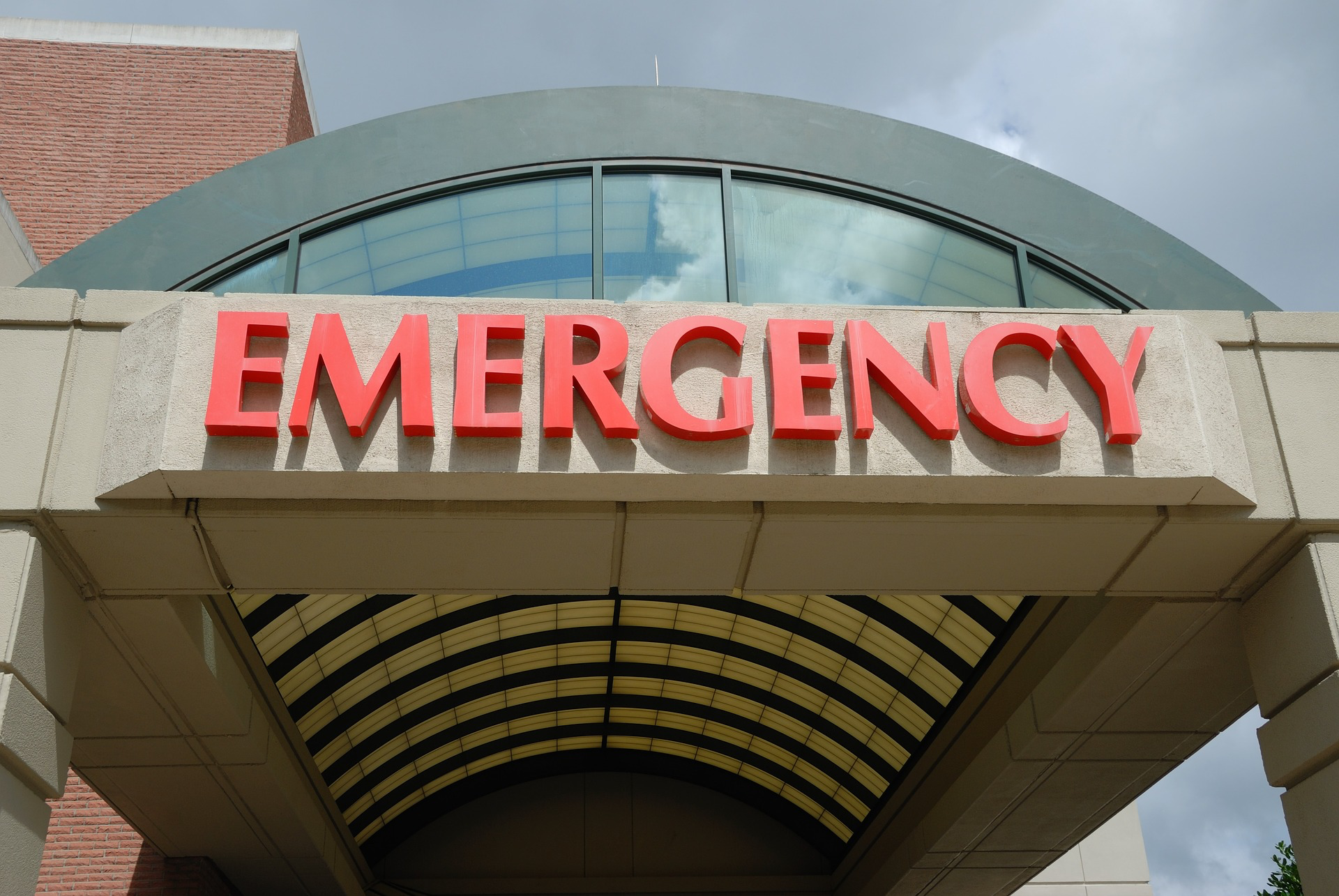 Let’s say you are getting ready to make your favorite breakfast—avocado toast. You’ve toasted the bread, cut the avocado in half, and are ready to remove the dreaded pit. Of course, your knife slips and you end up slicing your hand—making you the latest victim of “avocado hand.” It seems you cannot stop the bleeding with a simple bandage so now you need to make the decision on where to go to seek help. Do you choose an urgent care facility or the emergency room? What’s the difference?
Let’s say you are getting ready to make your favorite breakfast—avocado toast. You’ve toasted the bread, cut the avocado in half, and are ready to remove the dreaded pit. Of course, your knife slips and you end up slicing your hand—making you the latest victim of “avocado hand.” It seems you cannot stop the bleeding with a simple bandage so now you need to make the decision on where to go to seek help. Do you choose an urgent care facility or the emergency room? What’s the difference?
Urgent care centers and emergency rooms are both great options for times when you are unable to see your primary care physician (PCP). The reasons for choosing these facilities can be because the injury or sickness has occurred outside normal office hours for your doctor or that you are out of town when an emergency hits. As you know, the first choice for non-life or limb-threatening conditions should be your regular doctor—they will have your medical history on file and your medication list at the ready. When this is not an option, you will need to make the choice on what level of care you need.
Urgent Care Centers
Urgent care centers fill the gap between when you are sick or minorly injured but cannot see your PCP and when you are in need of hospital emergency care. Most urgent care locations are staffed by doctors or physician’s assistants. These centers can get you in and out quickly and some even take appointments. Since you will not see your PCP at these clinics, it’s always best to bring a copy of all the medications and dosages of meds you take. If you have a special condition, like epilepsy, make sure you disclose that to the urgent care provider you see. In the case of your avocado hand, your urgent care physician may be able to do minor stitches and bandaging at the facility. Most have access to x-ray machines and basic diagnostic tests. The typical range of costs for care at these centers is between $50-$150.
Here are some conditions that typically can be seen at urgent care centers:
- Fevers, flu or cold symptoms
- Ear infections
- Bronchitis
- Cuts and bleeding that may require stitches
- Urinary tract infections
- Vomiting or diarrhea
- Minor back pain
Emergency Room Care
Hospital emergency rooms provide care for life and limb-threatening situations ranging from heart attack and stroke to car accident injuries. Staffed by physicians, nurses, and specialists, emergency rooms have access to highly knowledgeable and diverse medical teams. In emergency rooms, care is given to the most serious injury/illness first—not on a first-come, first-served basis. Because of this, wait times in emergency rooms are widely varied and may be into a several hours-long wait. Again, it is wise to bring a list of any medications, both prescribed and over-the-counter, with you when seeking care since the ER will not have this information from your PCP. Costs for emergency services can be anywhere from $50 to more than $10,000 depending on the severity of the injury or illness.
Symptoms that are best evaluated in an emergency room include:
- Chest pain or difficulty breathing
- Weakness/numbness on one side
- Slurred speech
- Fainting/change in mental state
- Serious burns
- Head or eye injury
- Concussion/confusion
- Broken bones and dislocated joints
- Fever with a rash
- Seizures
- Severe cuts that may require stitches
- Facial lacerations
- Severe cold or flu symptoms
- Vaginal bleeding with pregnancy
When faced with the decision to visit an urgent care center or emergency room, you have to first evaluate your symptoms. Once you have done this, ask yourself this question, “Does this condition have the possibility of permanently impairing or endangering your life?” If the answer is “yes,” then you have an emergency and should proceed to the nearest hospital ER. If the answer is “no,” then take your towel-wrapped avocado hand to your local urgent care center for stitches or whatever care they recommend. You will save yourself time and money by making a good choice on your care.
